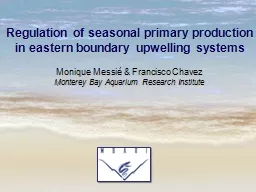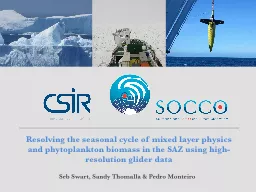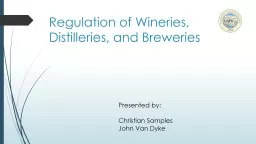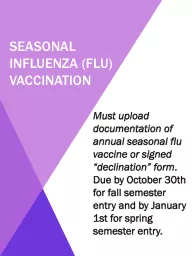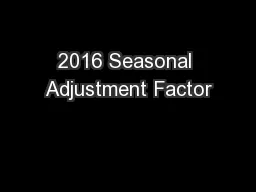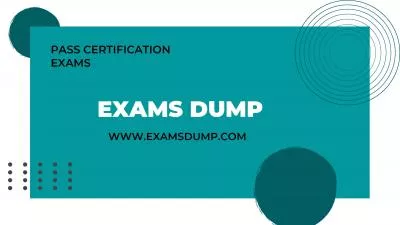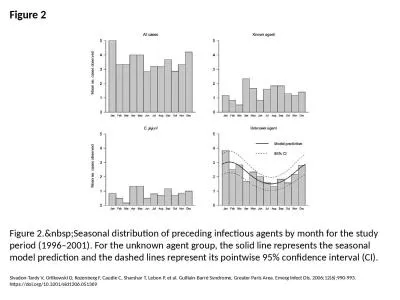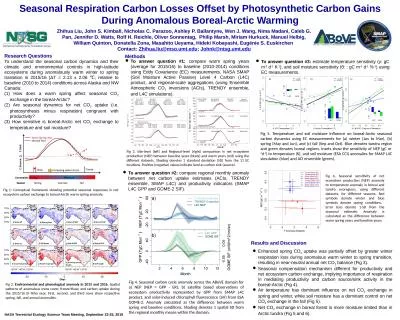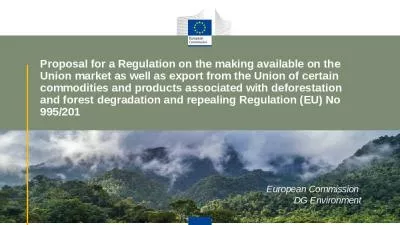PPT-Regulation of seasonal primary production
Author : myesha-ticknor | Published Date : 2016-06-30
in eastern boundary upwelling systems Monique Messié amp Francisco Chavez Monterey Bay Aquarium Research Institute Regulation of seasonal primary production in
Presentation Embed Code
Download Presentation
Download Presentation The PPT/PDF document "Regulation of seasonal primary productio..." is the property of its rightful owner. Permission is granted to download and print the materials on this website for personal, non-commercial use only, and to display it on your personal computer provided you do not modify the materials and that you retain all copyright notices contained in the materials. By downloading content from our website, you accept the terms of this agreement.
Regulation of seasonal primary production: Transcript
Download Rules Of Document
"Regulation of seasonal primary production"The content belongs to its owner. You may download and print it for personal use, without modification, and keep all copyright notices. By downloading, you agree to these terms.
Related Documents

